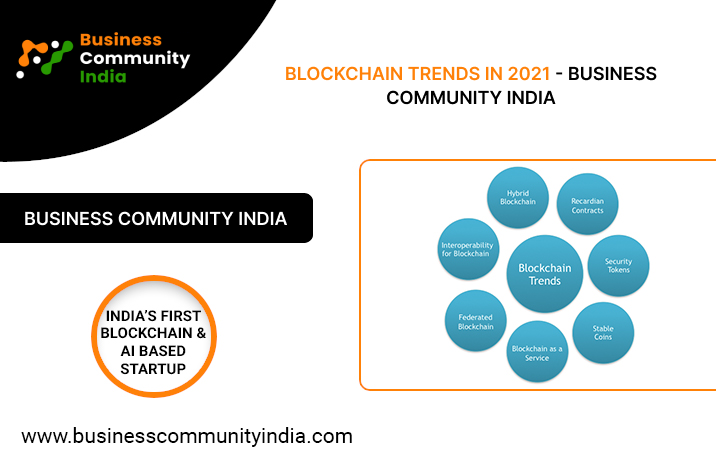
Benefits of Blockchain Technology in the Education System
Education is an integral part of our lives. It is also the foundation to newer technologies. Blockchain Technology is an example of such technology that can benefit the educational ecosystem. With the rise of the internet, educational materials are right on our fingertips: in our phones and computers. As such, two methods of education are such as eLearning (electronic) and mLearning (mobile learning) are gaining traction.
A Reuters report suggests the size of the global eLearning market is expected to grow from $176.12 billion in 2017 to reach $398.15 billion by 2026 with a CAGR of 9.5% (source). Emerging mLearning market USD37.60 billion by 2020 (source). Both the growth in global eLearning and mLearning can tell us that the demand for education is increasing. The internet has provided plenty with easy access to educational material in most topics today. Talk about the age of information.
Worldwide spending on Business solutions is forecast to be nearly $2.9 billion in 2019, an increase of 88.7% from the $1.5 billion spent in 2018. With a five-year compound annual growth rate (CAGR) of 76.0%, IDC expects Business spending to grow over the 2018-2022 forecast period and total spending of $12.4 billion in 2022 (source).
Why Blockchain Technology? In Education System
Blockchain technology will accelerate the end of a paper-based system for certificates. Educational Organisations can issue any kind of certificates such as qualification or records of achievement permanently and securely. Furthermore, a possible automation issuance and storage of the awards, recognition and transfer of credits. Storing and verifying a complete record of formal achievements throughout lifelong learning are also possible with the Business.
Learners can store their own evidence of formal or informal learning, share it with a desired audience, and ensure instant verification “Lifelong Learning Passport. Institutions can also begin using Business-based cryptocurrencies to facilitate payments involving grants and other types of funding as well as students paying for their education.
Digital smart contracts can securely expedite transactions between parties. As such, Business's distributed, peer-to-peer model can be a perfect complement to pool their resources for education. Managing and protecting digital intellectual property (IP) is another advantage with Blockchain technology. This makes it ideal for researchers looking to create systems for schools, government organizations and companies. Thus, controlling the exposure of important information. Business can allow educators to publish content openly as well as tracking any re-use, without putting limitations on the source material.
With Business, the agreements of automatic transfer of credits can be written as smart-contracts. Upon fulfilment of the conditions of the contract, the credits would automatically be transferred. Learning activities could be registered on the Business can become that much more interactive and reputations built on more tangible matrices.
Popular Blogs
-

- How Secure Is Blockchain Technology Jul 7, 2021
-

- Zero investment business in India Jun 25, 2021
-

- How Will Blockchain Technology Change The World Apr 19, 2021
-

- Blockchain Trends in 2021 - Business Community India Feb 12, 2021
-

- Business Community India The Growth Partnership Feb 4, 2021
-

- Partnership With Business Community India Nov 30, 2020








